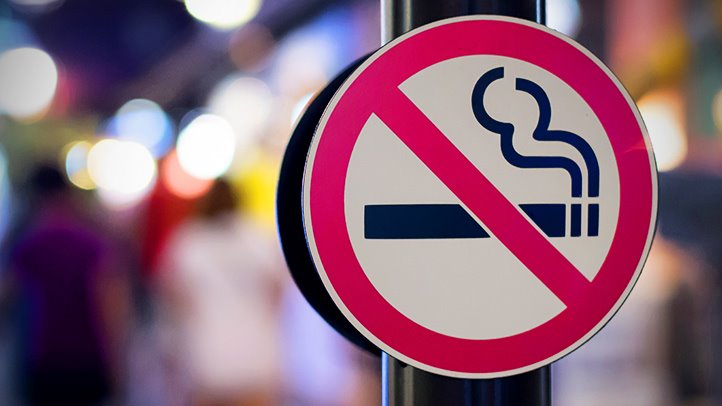
(Reuters Health) – A new U.S. ban on smoking in public housing may make it easier for low-income smokers to quit, a new study suggests.
This week, the U.S. Department of Housing and Urban Development (HUD) implemented a ban on cigarettes, cigars, and pipes inside apartments, common areas and outdoor spaces within 25 feet of public housing properties; it doesn’t cover e-cigarettes.

While the primary goal of the ban is to improve indoor air quality and reduce residents’ exposure to secondhand smoke, it may also help low-income smokers be more successful at quitting, researchers note in PLOS One.
The researchers analyzed data from a nationwide survey asking participants about their smoking habits, whether smoking was allowed in their homes, and whether they had tried or succeeded in quitting over a 10-year period from 2002 to 2011. They also looked at other factors that can impact cessation like income and education.
Affluent smokers were almost twice as likely to succeed at quitting for at least 30 days as low-income smokers, the study found.
People with smoke-free homes were 60 percent more likely to quit smoking for at least 30 days than people without this prohibition, the study also found. However, the prevalence of smoke-free homes was 33 percent lower among low-income people than among more affluent individuals.
“Reducing consumption is a predictor of successful quitting,” said lead study author Dr. Maya Vijayaraghavan of the University of California, San Francisco.
“The gap in cessation outcomes between lower and higher income individuals could be reduced by up to 36 percent if more lower income individuals adopted smoke-free homes,” Vijayaraghavan said by email. “This is substantial reduction in the cessation gap at the population level.”
Smoke-free homes might aid cessation by making it harder for smokers to light up whenever they like, Vijayaraghavan said. Smokers might also cut back on smoking because it’s less convenient, and then cutting back might in turn make it easier to quit.
Over the study period, as more people across the country began to live in smoke-free homes, more people quit smoking for more than a month, an early indicator of successful quitting. The smokers who didn’t successfully quit consumed fewer cigarettes.
The researchers found no difference over the study period in how often U.S. smokers tried to quit, suggesting that other factors, such as living in smoke-free homes or stricter state tobacco control policies, explained the increase in smoking cessation.
The study wasn’t a controlled experiment designed to prove whether or how smoke-free homes might directly cause more people to stop smoking.
Even so, the results add to a large body of evidence suggesting that smoke-free housing can make it easier for people to quit, said Judith Prochaska, a researcher at Stanford University in California who wasn’t involved in the study.
“Smoke-free housing makes it easier for people to quit because it removes cues that trigger cravings to use the drug (e.g., seeing and smelling a cigarette, seeing lighters, ashtrays, cigarette packs), and it removes exposure to second and thirdhand smoke,” Prochaska said by email. Both inhaled secondhand smoke and thirdhand smoke left on surfaces like carpets and drapes both contain nicotine as well as carcinogens, Prochaska noted.
“Seeing people smoking on the streets or in parks also can be cues that trigger cravings, but they are more easily avoided than smoking in one’s residence,” Prochaska said. “No amount of ventilation and filtration has been found to effectively remove smoke exposure in interior environments.”
Smoke-free housing alone may not be enough to help many people quit, said Dr. Carlos Roberto Jaen of the University of Texas Health Science Center in San Antonio.
“These smoke-free housing policies need to be supported with cessation support in terms of cessation aids – for example promotion of tobacco cessation helplines or access to effective medications,” Jaen, who wasn’t involved the study, said by email.
SOURCE: PLOS One, online July 27, 2018.
Leave a Reply